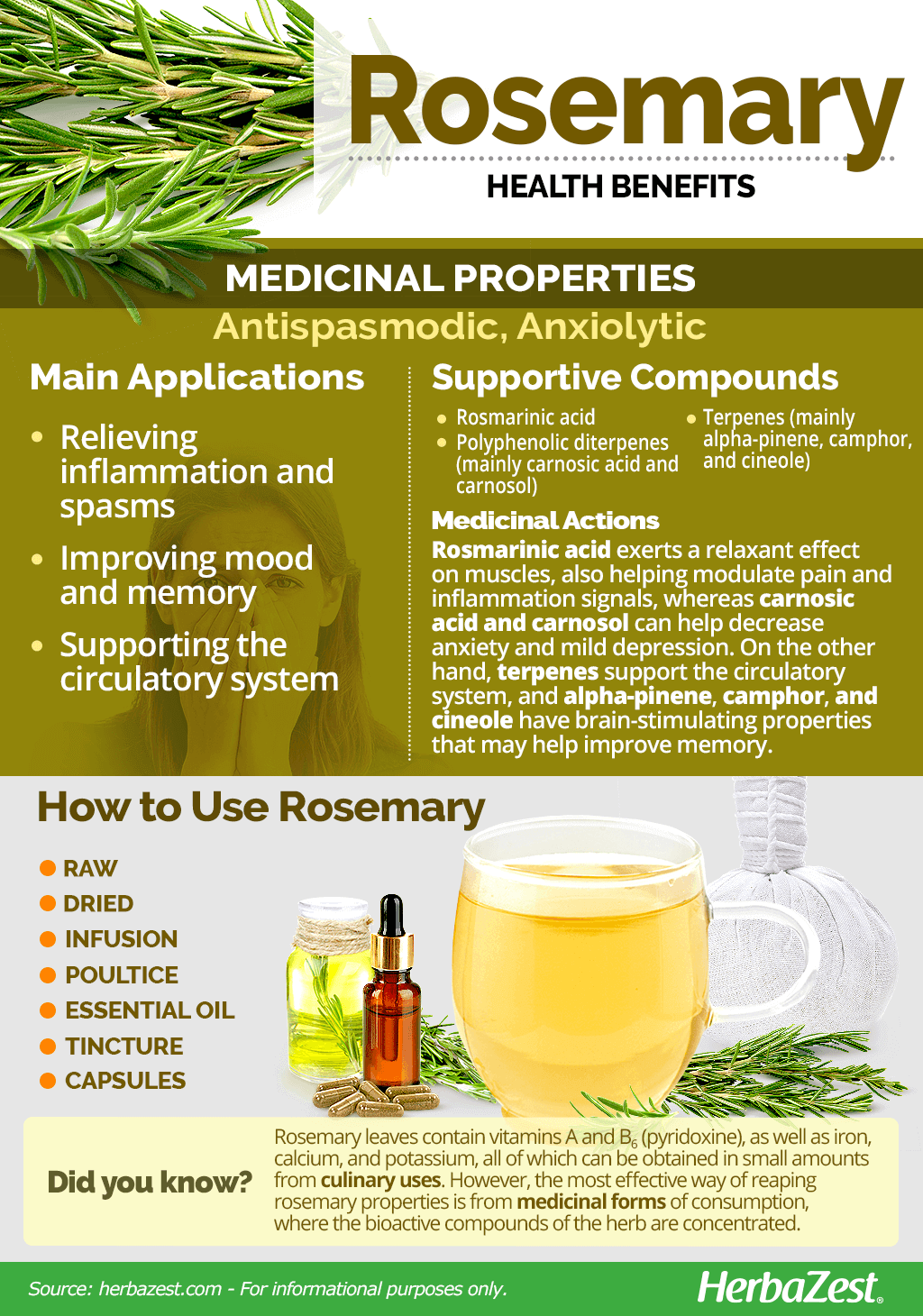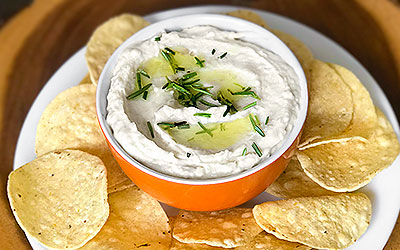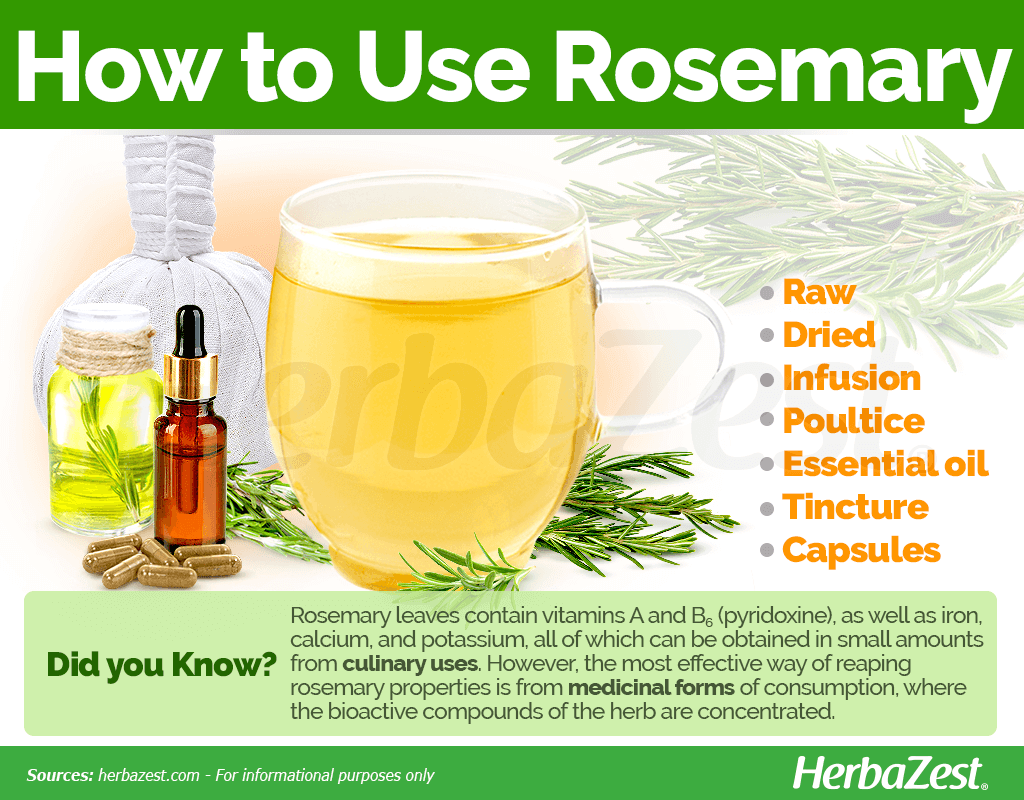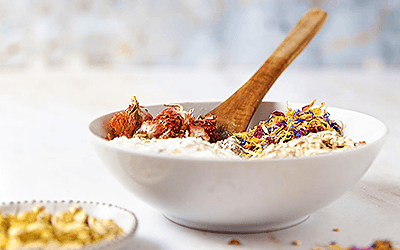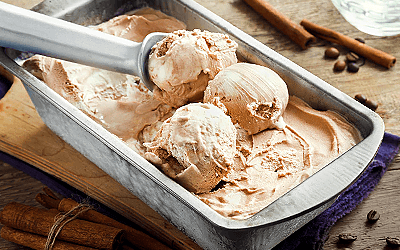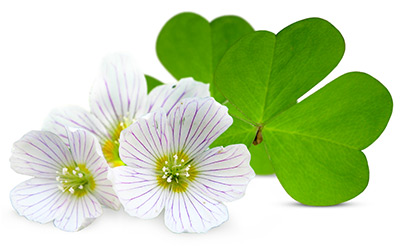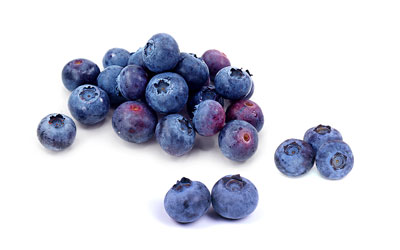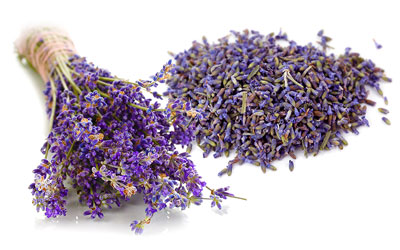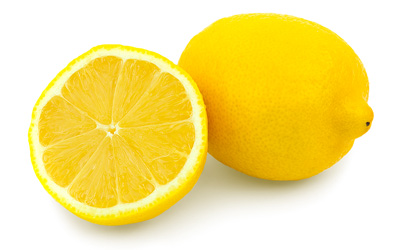Rosemary, a perennial shrub originally from the Mediterranean region, was known to the ancient Greeks, who harvested it from the wild because of its anxiolytic and soothing properties as well as for its culinary value. Although rosemary has been traditionally used as a healing herb, it wasn't until recently that modern science began to study the mechanisms behind its medicinal effects on a variety of illnesses.
Rosemary Medicinal Properties
Health Benefits of Rosemary
Rosemary has been used to treat a variety of health conditions since ancient times. Some of these traditional applications are still popular today and have been validated by modern science. The most well-known rosemary health benefits are:
Relieving inflammation and spasms. The medicinal properties of rosemary include antispasmodic and anti-inflammatory actions, and the herb is used to treat stomach aches, renal colics, and dysmenorrhea, as well as for relieving respiratory disorders and muscle spams.
Improving mood and memory. Studies have shown that rosemary's properties promote overall mental health, reducing stress, anxiety, and mild depression. Rosemary compounds have also been shown to improve brain functions, including memory.
Supporting the circulatory system. Rosemary acts as a stimulant, dilating blood vessels and aiding circulatory health, which positively affects the central nervous system (CNS).
In addition, recent studies suggest that rosemary can also be effective for:
Stimulating hair growth. Although more studies are required to validate this claim, it has been suggested that rosemary may help fight hair loss.
Relieving arthritis pain. When applied topically, rosemary essential oil has proven effective in reducing joint pain caused by inflammatory diseases, such as arthritis.
How It Works
The main active ingredient behind the medicinal properties of rosemary is rosmarinic acid, which makes up most of the plant's isolated essential oil. However, a significant amount of other phenolic compounds can also be found, although the exact proportion varies depending on the cultivar.
Rosmarinic acid is thought to be responsible for the antispasmodic properties of the herb. Easily absorbed by the gastrointestinal tract and the skin, extracts of rosemary have been shown to relax the muscles of the trachea and intestines, also having choleretic and hepatoprotective effects.1,2
Rosmarinic acid has been also widely studied for its anti-inflammatory and carminative properties. This compound increases the production of prostaglandin E2, which is a lipid mediator that plays a key role in modulating pain and inflammation signals, and it is used in pharmaceutical drugs.3,4
A set of rosemary compounds, called polyphenolic diterpenes, have gained significant attention in recent years. The most abundant diterpenes contained in rosemary extracts are carnosic acid and carnosol, which account for over 90% of rosemary antioxidant effects. These compounds have proven effective in decreasing anxiety and mild depression, as well as showing promising results in the treatment of Alzheimer's disease.5
Prostaglandins are lipids that aid in recovery at sites of tissue damage or infection.
On the other hand, the action of carnosic acid - which also aids the skin in protecting itself against UV rays - further contributes to the soothing and anti-inflammatory potential of Rosmarinus officinale.
Other chemical components in rosemary oil are terpenes, mainly α-pinene, camphor, and cineole, which have brain-stimulating properties that have been suggested to improve memory. They enhance central nervous system (CNS) functions, helping to clear the mind and increasing mental awareness.
In addition, both ursolic and rosmarinic acids have shown astringent and antimicrobial activities as they create an unfavorable environment for most pathogens. This combination of properties can bring great relief to those suffering from stomach infections, such as norovirus.
Rosemary leaves also contain vitamins A and B6 (pyridoxine), as well as iron, calcium, and potassium.
Herbs like chamomile, linden, and thyme also have strong antispasmodic properties, and similar anxiolytic benefits can be found in lemon balm, rhodiola, and valerian.
Rosemary Side Effects
Rosemary is likely safe for most people when consumed as a food. It is also likely safe medicinally for those who take rosemary orally, apply it topically, or inhale it through aromatherapy.
However, undiluted oil is likely unsafe when taken orally. Excessive consumption of rosemary can cause vomiting, upset stomach, uterine bleeding, kidney irritation, increased sun sensitivity, skin irritation, and allergic reactions.
Cautions
Rosemary contains salicylate, a main ingredient in aspirine, which can trigger allergic reactions in some people.
People who suffer from bleeding disorders should use rosemary with caution since it can increase the risk of bleeding and bruising for certain individuals. Likewise, those who suffer from seizure disorders should not take rosemary in medicinal forms as it can worsen the symptoms.
Pregnant or breastfeeding women should consult a physician before taking rosemary medicinally. While it is likely safe in dietary amounts, excessive consumption can cause contractions and lead to miscarriages.
- Medicinal action Antispasmodic, Anxiolytic
- Key constituents Rosmarinic acid, carnosic acid, carnosol, α-pinene, camphor, and cineole
- Ways to use Capsules, Hot infusions/tisanes, Food, Freshly ground, Tincture, Poultice, Essential oil, Dried
- Medicinal rating (2) Minorly useful plant
- Safety ranking Safe
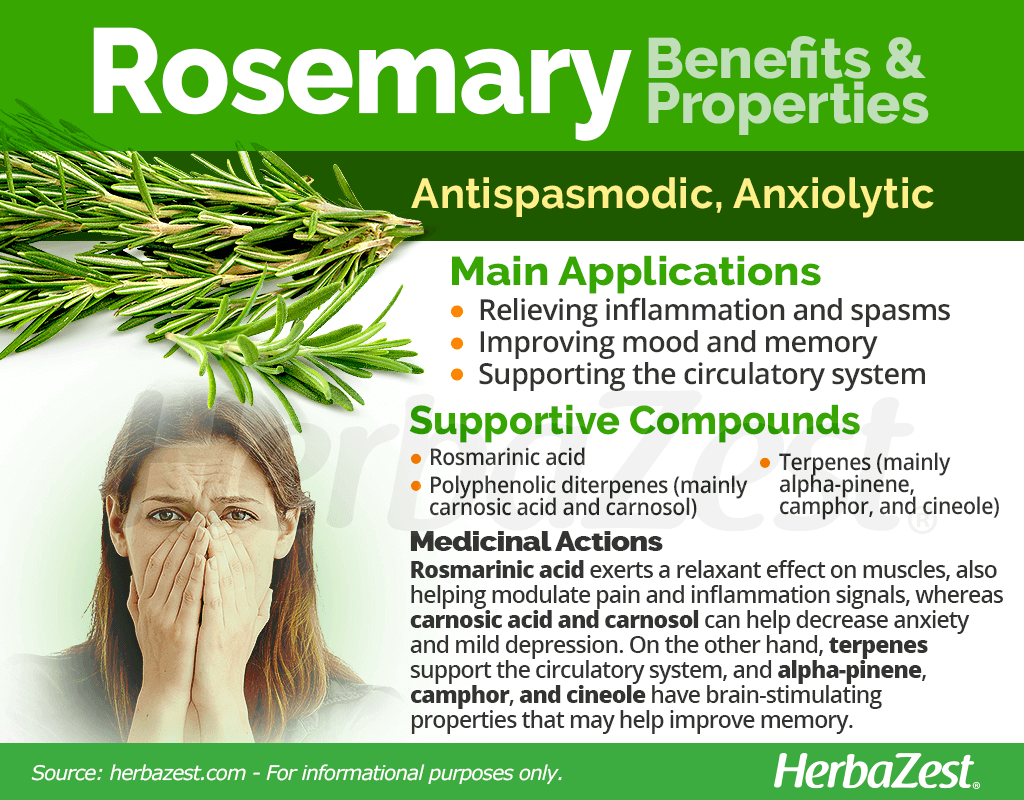
How to Consume Rosemary
While rosemary's health benefits can be obtained from culinary uses, the most effective way of reaping its properties is from medicinal forms of consumption, where the bioactive compounds of the herb are concentrated.
Natural Forms
Raw. The raw and chopped rosemary leaves can be added to many dishes and smoothies. In this form, rosemary can help support the circulatory system as well as improve memory and mood.
Dried. The process of dehydration rosemary leaves undergo concentrates and preserves their natural flavor, aroma, and essential oils. In this form, rosemary can be stored for a long time and used in both culinary and medicinal forms.
Infusion. Steeping the fresh or dried leaves in hot water extracts all the medicinal properties of rosemary. Sipping a warm infusion is one of the most enjoyable ways to consume this herb as it can help reduce anxiety and stimulate the circulatory system as well as relieve joint pain.
Poultice. Dried or fresh rosemary leaves can be steeped for a few minutes in hot water and then wrapped into a gauze. The topical application of this poultice can bring relief to joint pain and sore muscles.
Herbal Remedies & Supplements
Essential oil. In this form, rosemary should only be applied topically or used in aromatherapy. Rosemary essential oil has been shown to relieve muscle spasms and joint pain, as well as help treat acne, baldness, and circulatory blockages.
Tinctures. Rosemary tinctures have numerous medicinal properties, including supporting the nervous system and relieving muscle spasms.
Capsules. This is the most potent medicinal preparation individuals can safely take orally. Rosemary capsules provide support for the circulatory and nervous system.
- Edible parts Leaves
- Edible uses Flavoring
- Taste Aromatic
Growing
Generally regarded as an easy plant for beginners, the rosemary bush is highly resistant to pests and disease. However, it is susceptible to waterlogging and requires friable soil with proper drainage. In addition, some varieties are very sensitive to frosts and can die because of them. Despite these difficulties, growing a rosemary plant can be very rewarding for gardeners to have.
Growing Guidelines
The rosemary plant grows best in sunny, temperate climates.
It prefers a fertile, neutral to slightly acidic soil, with a pH of 6.0 - 7.0.
A space of three to four feet (90 - 120 cm) between plants is recommended to give them ample growing room.
The rosemary bush is not water demanding. Once established, it will require little to moderate irrigation.
After the rosemary shrub flowers, regular pruning is necessary in order to control its growth.
Despite being very hardy, the rosemary plant can be attacked by aphids, spittlebugs, and whiteflies.
Diseases such as powdery mildew and root rot can also affect rosemary.
Detailed information about growing rosemary can be found in the herb garden section.
- Life cycle Annual
- Harvested parts Leaves
- Light requirements Full sun
- Soil Loamy sand
- Soil pH 6.1 – 6.5 (Slightly acidic), 6.6 – 7.3 (Neutral)
- Growing habitat Temperate climates, Mediterranean regions
- USDA Plant Hardiness Zones 8a, 8b, 9a, 9b, 10a, 10b
- Propagation techniques Stem cuttings
- Potential insect pests Aphids, Whiteflies
- Potential diseases Fungi, Root rot, Powdery mildew
Additional Information
Plant Biology
Rosemary is a woody perennial with evergreen, needle-like leaves, which contain a large amount of essential oils that provide its characteristic fragrance.
The rosemary shrub can grow up to six feet (1.82 m) tall, and its flowers can be pink, purple, white, or blue. The rosemary plant is incredibly hardy and it has been known to flower outside of its typical flowering seasons.
Classification
Rosemary is a member of the Lamiaceae family, which comprises about 7,200 species of flowering plants, including many other culinary herbs, such as basil (Ocimum basilicum), peppermint (Mentha x piperita), sage (Salvia officinalis), thyme (Thymus vulgaris), and lavender (Lavandula officinalis).
Cultivars of Rosemary
There are more than a dozen cultivars of rosemary around the world, but the six most popular types are 'Arp,' 'Spice Islands,' creeping rosemary, 'Erectus,, 'Albiflorus,, and 'Majorca Pink.' Of these, the upright, 'Spice Islands' and 'Arp' cultivars are the most used for culinary purposes, while the other ones are shorter and mostly considered as ornamental plants for landscaping.
The botanical name of rosemary, Rosmarinus, comes from the Latin words "ros" (dew) and "marinus" (maritime).
Historical Information
With one of the most varied and colored histories of all herbs, rosemary is steeped with ceremonial tradition and superstition, dating back to ancient Greece. Pliny, Dioscorides, and Galen all referenced the medicinal properties of this herb over 2,000 years ago. However, it was not domesticated into a steady crop until 13th century in Spain, and it was during the following centuries that it was established as an edible plant and flavoring agent.
Popular Beliefs
The Virgin Mary is said to have spread her blue cloak over a white-blossomed rosemary bush when she was resting, and the flowers turned blue. The shrub then became known as The Rose of Mary.
In the Middle Ages, rosemary was associated with wedding ceremonies. The bride wore a rosemary headpiece while the groom and wedding guests all wore a sprig of rosemary. Because of this association with weddings, the rosemary herb was considered a love charm. By the same time, rosemary was also believed to offer protection from the plague. In 1603, when the bubonic plague killed over 38,000 Londoners, the demand for rosemary was so high that the price increased from one shilling for an armful of branches to six shillings for a handful a sprigs. Put into perspective, one fat pig cost one shilling during that same time period.
Rosemary was once one of the best known remedies for nightmares, and its pleasant aroma was also thought to repel witches.
Economic Data
The main reason for rosemary's economic importance is its production of essential oils, which are highly regarded in the culinary industry. Rosemary's oil yield can reach 0.2 - 1.3% of its fresh mass. The herb also carries value with its ornamental and medicinal purposes. Spain is the leading producer of rosemary, followed by other Mediterranean countries, Northern Africa, Mexico, and the U.S.
Other Uses of Rosemary
Hair and scalp health. When applied to the scalp, rosemary can alleviate dandruff and improve overall hair and scalp health.
Cosmetics. Rosemary is often added to different lotions, cosmetics, and other homemade body products because of its pleasant aroma.
Pest control. The rosemary plant is used as a mosquito repellent. It can also ward off mice and other pests in the home.
Air freshener. When mixed with other ingredients, such as citrus fruits or vanilla, a sprig of rosemary can be used as a strong air freshener, leaving a pleasant aroma around the house.
Gardening. The rosemary shrub works great as an ornamental ground cover, and because of its fragrance and easy care, it is preferred by gardeners around the world.
- Other uses Cosmetics
Sources
- Chemico-biological Interactions, Rosemary tea consumption results to anxiolytic- and anti-depressant-like behavior of adult male mice and inhibits all cerebral area and liver cholinesterase activity; phytochemical investigation and in silico studies, 2015
- Cosmetic Ingredient Review, Safety Assessment of Rosmarinus Officinalis (Rosemary)-Derived Ingredients as Used in Cosmetics, 2013
- CRC World Dictionary of Plant Names, p. 2337
- Critical Reviews in Food Science and Nutrition, Rosemary and cancer prevention: preclinical perspectives, 2011
- Herbs and Natural Supplements, p. 847
- Hormone Health Network, What Does Prostaglandins Do?
- Indian Journal of Experimental Biology, Pharmacology of rosemary (Rosmarinus officinalis Linn.) and its therapeutic potentials, 1999
- Journal of Pharmacy & Pharmaceutical Sciences, Antidepressant, Anxiolytic and Antinociceptive Activities of Constituents from Rosmarinus Officinalis, 2015
- Missouri Botanical Garden, Rosmarinus officinalis 'Spice Islands' | 'Arp'
- National Non-Food Crops Centre, NNFCC Project Factsheet: Assessment and Development of the Supply Chain to Deliver Rosemary Antioxidants to the Food and Pharmaceutical Industries (Defra)
- Penn State University, College of Agricultural Sciences: Rosemary – Herbs
- Scientia Pharmaceutica, Effects of Inhaled Rosemary Oil on Subjective Feelings and Activities of the Nervous System, 2013
- Encyclopedia of Herbal Medicine, p. 128
- Medicinal Plants of the World, p. 276
- Germplasm Resources Information, Rosmarinus officinalis
- Evidence-based Complementary and Alternative Medicine, The Therapeutic Potential of Rosemary (Rosmarinus officinalis) Diterpenes for Alzheimer's Disease, 2016
- Royal Horticultural Society, Rosmarinus officinalis 'Majorca Pink'
Footnotes:
- Journal of Isfahan Medical School. (2019). Antispasmodic Effect Of Hydroalcoholic Extracts Of Rosemary And Lavender On Rat Isolated Uterus Contractions. Retrieved February 22, 2022, from https://www.sid.ir/en/Journal/ViewPaper.aspx?ID=780459
- Journal of Ethnopharmacology. (2011). Spasmolytic activity of Rosmarinus officinalis L. involves calcium channels in the guinea pig ileum. Retrieved February 22, 2022, from https://www.sciencedirect.com/science/article/abs/pii/S0378874111006209
- Reviews on Recent Clinical Trials. (2018). Rosmarinic Acid as Potential Anti-Inflammatory Agent. Retrieved February 22, 2022, from https://www.ingentaconnect.com/content/ben/rrct/2018/00000013/00000004/art00003
- Journal of Neuroinflammation. (2013). Rosmarinic acid protects against experimental diabetes with cerebral ischemia: relation to inflammation response. Retrieved February 22, 2022, from https://jneuroinflammation.biomedcentral.com/articles/10.1186/1742-2094-10-28
- Journal of FUnctional Foods. (2015). Antidepressant-like effects of rosmarinic acid through mitogen-activated protein kinase phosphatase-1 and brain-derived neurotrophic factor modulation. Retrieved February 22, 2022, from https://www.sciencedirect.com/science/article/abs/pii/S1756464615001073
